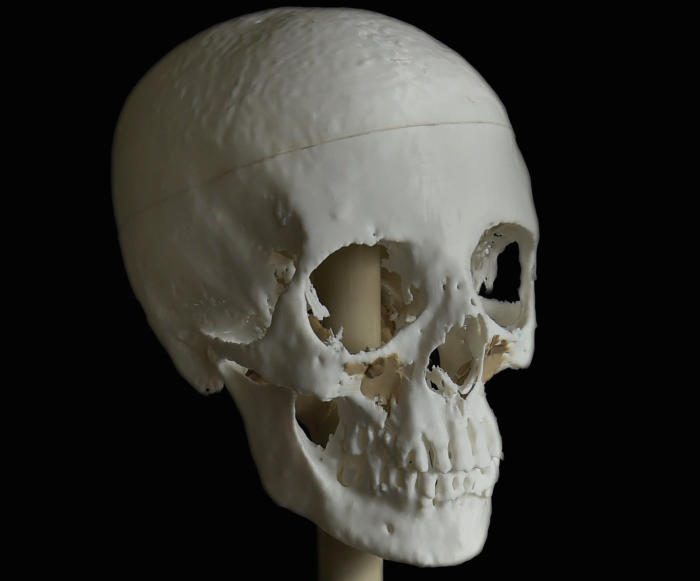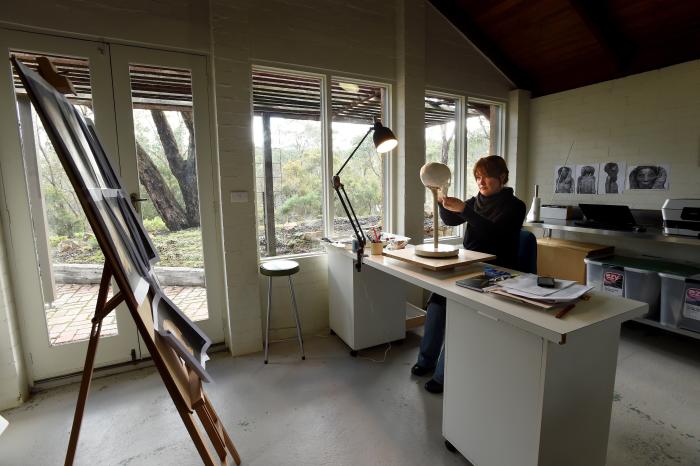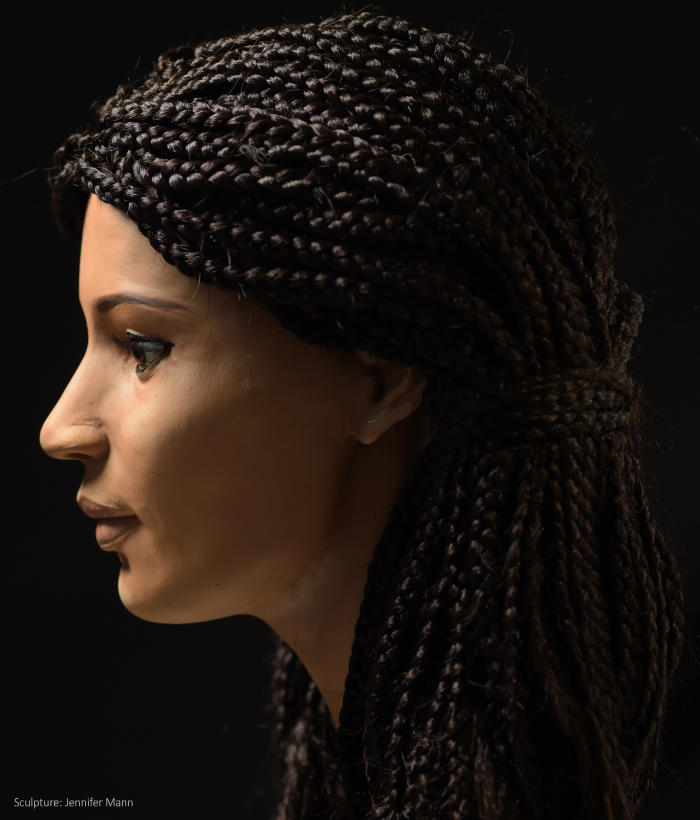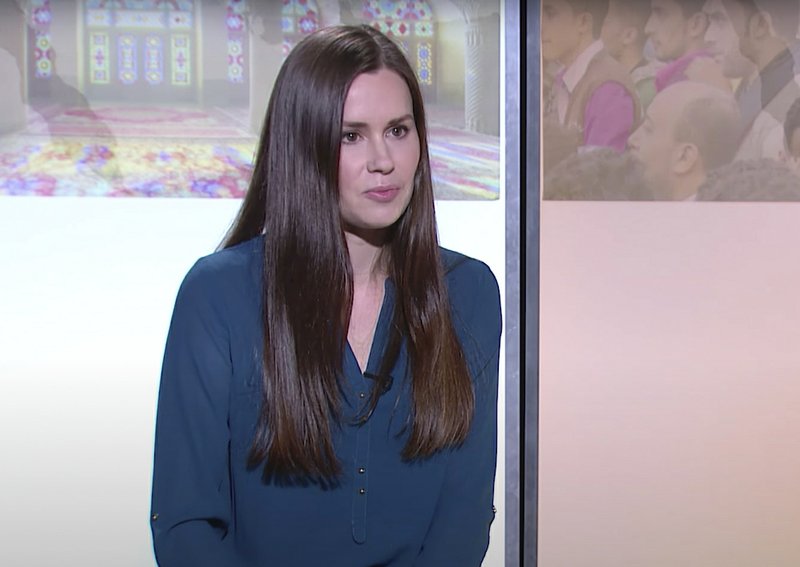
A team of researchers at the University of Melbourne has created a life-like three-dimensional model of a mummified head from Ancient Egypt, using computerized tomography (CT) scans and 3D-printing technology.
The model, which is based on the 2,000-year-old head of a young woman from Ancient Egypt, was created as part of a multi-disciplinary project by the Faculty of Medicine, Dentistry and Health Sciences.
Using CT scans, the team examined the head of a mummified body, idenitifying it as a woman between 18 and 25 years of age. The team identified the gender from the bone structure in the face, including the small size of the jaw and the narrowness of the roof of the mouth.
They named the young woman “Meritamun”, which means "Beloved of the god Amun".
Discovering the age and gender was just the first step in a larger and more complex objective: to create an accurate, life-size model of the head, allowing Egyptologists to see exactly what this person looked like. In the process, they would be helping to develop techniques that could be applied to similar projects in the future.
“There is always a lot of mystery to unravel in forensic Egyptology, and this is why it is so important to keep an open mind and follow the evidence,” says Janet Davey, a forensic Egyptologist from Monash University, in an article published on the official website of the University of Melbourne.

The 3D-printed skull of Meritamun took 140 hours to print (University of Melbourne)
"By reconstructing her, we are giving back some of her identity, and in return she has given this group of diverse researchers a wonderful opportunity to investigate and push the boundaries of knowledge and technology as far as we can go,” Davey said.
Using her forensic and artistic skills, the sculptor Jennifer Mann reconstructed Meritamun’s face. Using the 3D-printed skull as a base, Mann applied plastic markers to key points on the face, indicating different tissue depths. For this, she used data from modern Egyptians and reconstruction experts from around the world.
“I have followed the evidence and an accepted methodology for reconstruction, and out of that has emerged the face of someone who has come down to us from so long ago. It is an amazing feeling,” Mann said.
Meritamun's head has been kept in the basement of the University of Melbourne medical building for almost 100 years. It was apparently part of the collection of the British anatomist Frederic Wood Jones, who had conducted archaeological survey work in Egypt before becoming the head of anatomy at the University in 1930. The ancient woman was tightly bound in bandages and blackened by oil and embalming fluid, her delicate features were still intact.
In the beginning, the team was concerned that the head may have suffered from serious decay, meaning it would fall apart if moved. The team decided that removing the bandages was not an option. However, CT scanning revealed that the head was in a good condition, still strong after two millennia.
“It is incredible that her skull is in such a good condition after all this time, and the model that Gavan produced was beautiful in its details,” says Mann.

Sculptor Jennifer Mann working on Meritamun in her studio. (Picture: Paul Burston)
Meanwhile, the biomedical science team used forensic pathology to find out whether Meritamun enjoyed general good health during her short life and how she died.
"Without having the rest of Meritamun’s body, it will be impossible to know for sure how she died, but the anaemia could certainly have been a predisposing factor, as could the abscesses if they had become seriously infected," the report said.

It’s estimated Meritamun was between18-25-years-old when she died. (Picture: Paul Burston)

